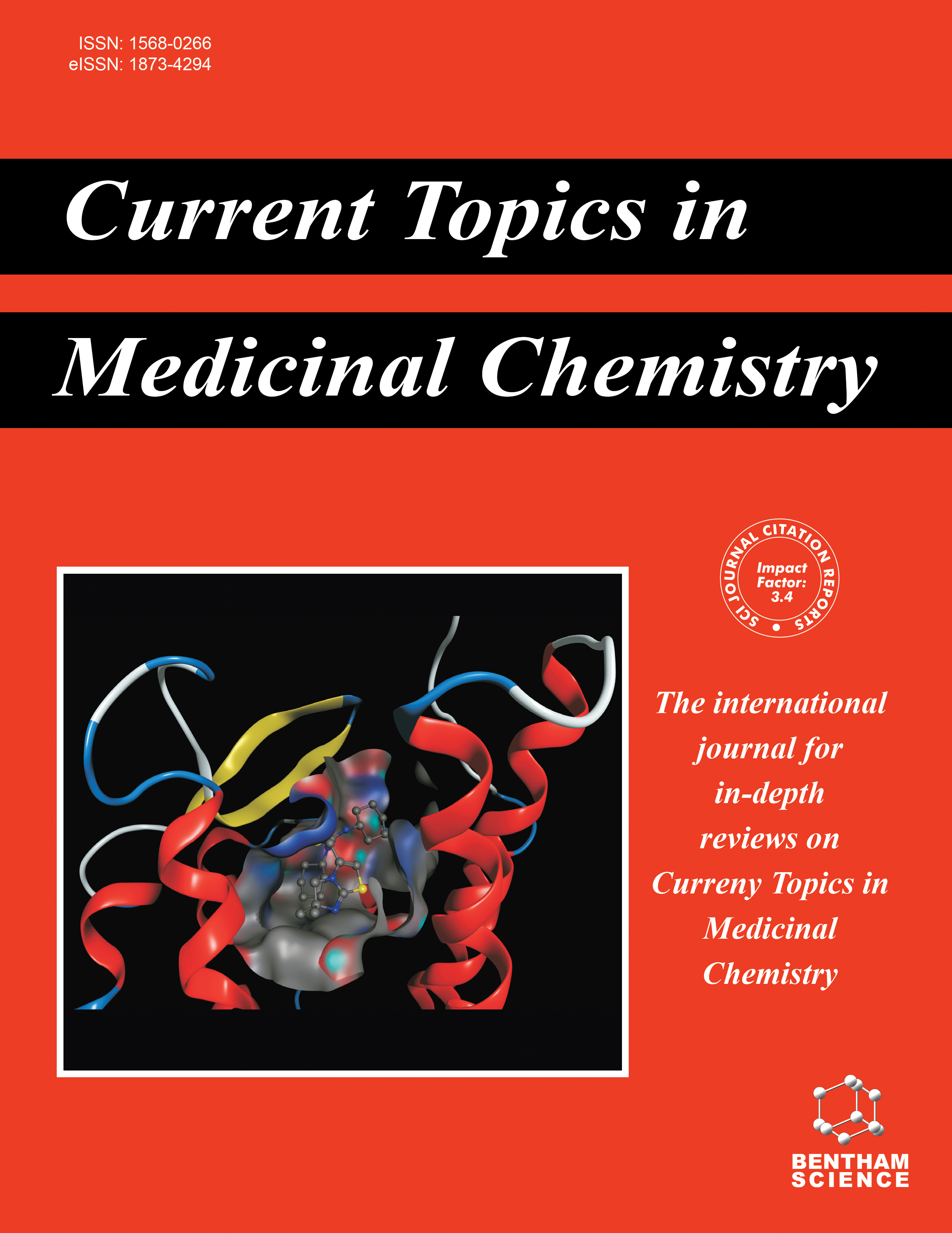-
s InsP3 Signaling in Apicomplexan Parasites
- Source: Current Topics in Medicinal Chemistry, Volume 17, Issue 19, Jul 2017, p. 2158 - 2165
-
- 01 Jul 2017
Abstract
Background: Phosphoinositides (PIs) and their derivatives are essential cellular components that form the building blocks for cell membranes and regulate numerous cell functions. Specifically, the ability to generate myo-inositol 1,4,5-trisphosphate (InsP3) via phospholipase C (PLC) dependent hydrolysis of phosphatidylinositol 4,5-bisphosphate (PIP2) to InsP3 and diacylglycerol (DAG) initiates intracellular calcium signaling events representing a fundamental signaling mechanism dependent on PIs. InsP3 produced by PI turnover as a second messenger causes intracellular calcium release, especially from endoplasmic reticulum, by binding to the InsP3 receptor (InsP3R). Various PIs and the enzymes, such as phosphatidylinositol synthase and phosphatidylinositol 4-kinase, necessary for their turnover have been characterized in Apicomplexa, a large phylum of mostly commensal organisms that also includes several clinically relevant parasites. However, InsP3Rs have not been identified in genomes of apicomplexans, despite evidence that these parasites produce InsP3 that mediates intracellular Ca2+ signaling. Conclusion: Evidence to supporting IP3-dependent signaling cascades in apicomplexans suggests that they may harbor a primitive or non-canonical InsP3R. Understanding these pathways may be informative about early branching eukaryotes, where such signaling pathways also diverge from animal systems, thus identifying potential novel and essential targets for therapeutic intervention.


